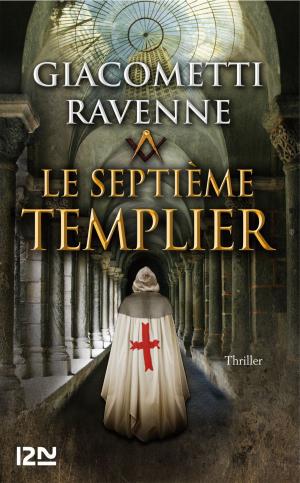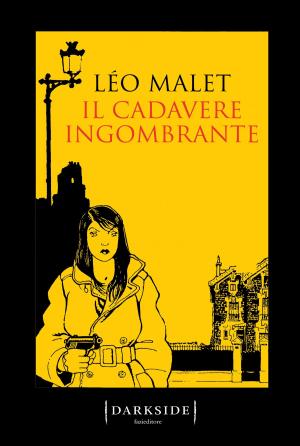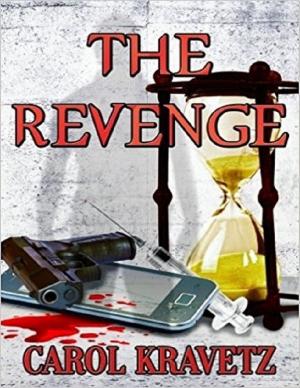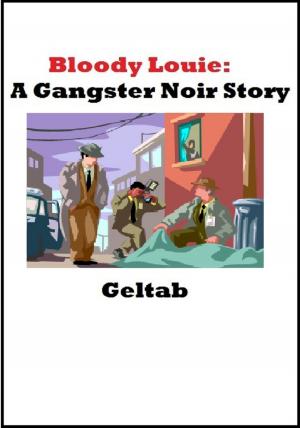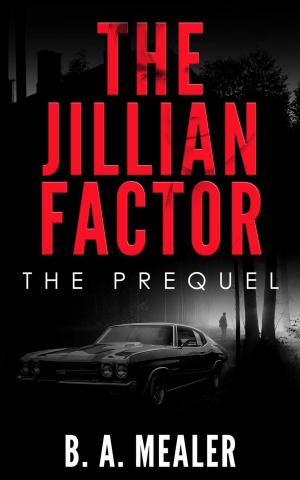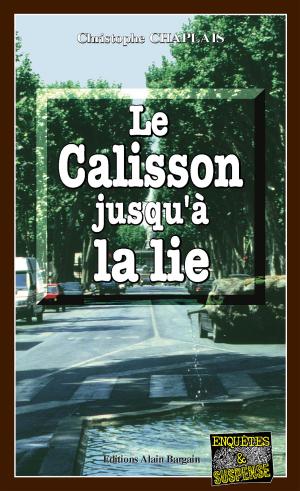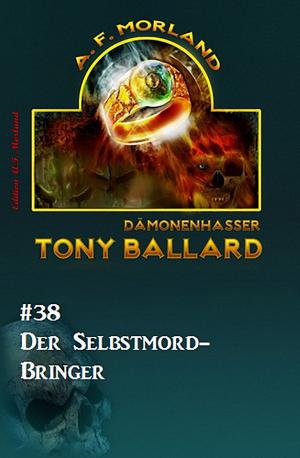Pat O'Malley Historical Steampunk Mystery Trilogy
Science Fiction & Fantasy, Steampunk, Mystery & Suspense, Historical Mystery, Thrillers| Author: | Jim Musgrave | ISBN: | 1230000207059 |
| Publisher: | English Majors Publishers, LLC | Publication: | January 3, 2014 |
| Imprint: | Language: | English |
| Author: | Jim Musgrave |
| ISBN: | 1230000207059 |
| Publisher: | English Majors Publishers, LLC |
| Publication: | January 3, 2014 |
| Imprint: | |
| Language: | English |
When I decided to thrust my detective sleuth from the 1860s in New York City into the world of steampunk, I was being subconsciously prodded by authors like Albert Camus, Franz Kafka and Thomas Pynchon. Patrick James O’Malley, my hero, needed to be shaken to his roots. What better way is there for an author to give his main character some SciFi credibility than to use the steampunk genre?
After reading Beth Daniels’ excellent book Writing Steampunk, I was all fired up! I had been searching for such a genre of story-telling all my life. It had its literary roots in the world of the absurd as well as the science fiction classics of Jules Verne and H. G. Welles. In addition, the mysterious world of Edgar Allan Poe was the gothic inspiration for many steampunk tales. Daniel’s book, along with the “world of steampunk” on the many Facebook group pages, had me mesmerized with wonder at the possibilities of creating an entirely new world for my O’Malley to explore.
I had already written three mysteries in the series, and each one of them seemed to point me in the direction I needed to go. It was as if I were being led by my own subconscious into the inevitable world of steampunk fiction.
In my first novel of the series, Forevermore, I took on the death of Edgar Allan Poe and made it into a murder mystery. Pat O’Malley comes home from the Civil War and gets free rent at the Edgar Allan Poe Cottage in the Bronx. All he really has is his Congressional Medal of Honor, his past employment as Poe’s manuscript messenger, and a vague belief that he can solve mysteries. O’Malley wants to prove that his former boss, whom he respected and revered for his literary prowess, did not die in the gutter of Baltimore in 1849 as a drunken reprobate. No! Poe was being driven to drink by the need to be recognized in the icy literati circles of New York City, and O’Malley learns that these circles can lead to madness, murder and torture.
At the conclusion of Forevermore, O’Malley is seemingly empowered by the ghost of Poe. As I look back upon this transition, I can see it as being inspired by the gothic elements in all steampunk. What better inspiration for a sleuth to begin entering into the fantastic realm of science fiction than the Divine Edgar?
Therefore, my next mystery, Disappearance at Mount Sinai, began to take on the flavor of steampunk. Why? Well, for one, the Jewish folklore of my wife crept into my subconscious, and up popped the characters of Arthur Daniel Mergenthaler and his son, Seth. They are at the crux of this second mystery, and I suppose O’Malley was being led into the steampunk world by them, even though O’Malley’s mind does not want to accept this absurd notion that Mazikeen are real. Who would?
Even in the 1860s, supernatural beings who are half-angel and half-human, who can shape-shift and disappear, were not easily accepted in the world of criminal investigation. O’Malley is able to solve his kidnapping mystery because he does believe, somewhat, in the reality of Seth’s “disappearing act,” but it would not be until my third mystery in the series, Jane the Grabber, that the full force of Seth’s supernatural abilities would come to the fore.
Hester “Jane the Grabber” Haskins is an evil brothel madame. She wants to take-over all of New York City’s prostitution businesses and turn them into “whoring dens” wherein she can control her girls by using drugs and sex. It is her supernatural ability that becomes key to O’Malley’s transition into the steampunk world. In addition, our sleuth also meets the full magnificence of little Seth as Mazikeen. Once this has occurred, O’Malley has fallen down the “rabbit hole,” and the fourth novel in the series has taken on a life of its own.
When I decided to thrust my detective sleuth from the 1860s in New York City into the world of steampunk, I was being subconsciously prodded by authors like Albert Camus, Franz Kafka and Thomas Pynchon. Patrick James O’Malley, my hero, needed to be shaken to his roots. What better way is there for an author to give his main character some SciFi credibility than to use the steampunk genre?
After reading Beth Daniels’ excellent book Writing Steampunk, I was all fired up! I had been searching for such a genre of story-telling all my life. It had its literary roots in the world of the absurd as well as the science fiction classics of Jules Verne and H. G. Welles. In addition, the mysterious world of Edgar Allan Poe was the gothic inspiration for many steampunk tales. Daniel’s book, along with the “world of steampunk” on the many Facebook group pages, had me mesmerized with wonder at the possibilities of creating an entirely new world for my O’Malley to explore.
I had already written three mysteries in the series, and each one of them seemed to point me in the direction I needed to go. It was as if I were being led by my own subconscious into the inevitable world of steampunk fiction.
In my first novel of the series, Forevermore, I took on the death of Edgar Allan Poe and made it into a murder mystery. Pat O’Malley comes home from the Civil War and gets free rent at the Edgar Allan Poe Cottage in the Bronx. All he really has is his Congressional Medal of Honor, his past employment as Poe’s manuscript messenger, and a vague belief that he can solve mysteries. O’Malley wants to prove that his former boss, whom he respected and revered for his literary prowess, did not die in the gutter of Baltimore in 1849 as a drunken reprobate. No! Poe was being driven to drink by the need to be recognized in the icy literati circles of New York City, and O’Malley learns that these circles can lead to madness, murder and torture.
At the conclusion of Forevermore, O’Malley is seemingly empowered by the ghost of Poe. As I look back upon this transition, I can see it as being inspired by the gothic elements in all steampunk. What better inspiration for a sleuth to begin entering into the fantastic realm of science fiction than the Divine Edgar?
Therefore, my next mystery, Disappearance at Mount Sinai, began to take on the flavor of steampunk. Why? Well, for one, the Jewish folklore of my wife crept into my subconscious, and up popped the characters of Arthur Daniel Mergenthaler and his son, Seth. They are at the crux of this second mystery, and I suppose O’Malley was being led into the steampunk world by them, even though O’Malley’s mind does not want to accept this absurd notion that Mazikeen are real. Who would?
Even in the 1860s, supernatural beings who are half-angel and half-human, who can shape-shift and disappear, were not easily accepted in the world of criminal investigation. O’Malley is able to solve his kidnapping mystery because he does believe, somewhat, in the reality of Seth’s “disappearing act,” but it would not be until my third mystery in the series, Jane the Grabber, that the full force of Seth’s supernatural abilities would come to the fore.
Hester “Jane the Grabber” Haskins is an evil brothel madame. She wants to take-over all of New York City’s prostitution businesses and turn them into “whoring dens” wherein she can control her girls by using drugs and sex. It is her supernatural ability that becomes key to O’Malley’s transition into the steampunk world. In addition, our sleuth also meets the full magnificence of little Seth as Mazikeen. Once this has occurred, O’Malley has fallen down the “rabbit hole,” and the fourth novel in the series has taken on a life of its own.

